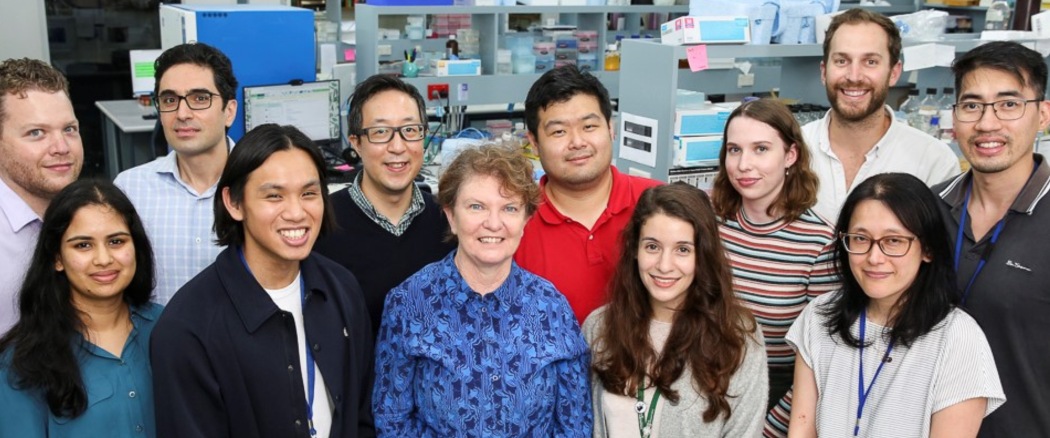
ANZRS Grant
Project Title:
Therapies for the cone-rod dystrophies
Chief Investigator:
Professor Robyn Jamieson
Co-Investigators:
Professor John Grigg
Aim
To investigate biomarkers of cone-rod dystrophies (CRD) in retinal organoids derived from patients with CRD, design novel therapeutic constructs to treat a form of CRD and determine efficacy of disease rescue.
Methods
Patient-derived CRD iPSCs were created and CRISPR/ Cas9 editing followed by homology directed repair was used to create isogenic control iPSCs. Patient- derived, isogenic and control iPSCs were differentiated to retinal organoids (ROs) and characterised by assessing cone and rod photoreceptor and ciliary markers. Genetic therapy constructs were created and investigated in CRD models and patient-derived ROs.
Key results
Patient-derived iPSC lines were created from patients with two CRD genetic sub-types. In both cases, photoreceptor markers were decreased in patient organoids compared with control. Genetic therapy constructs were created for one of the CRD genes under investigation. Different therapy doses showed varying effects and preliminary results following administration of the therapy indicate rescue of the phenotype.
Conclusion
Human iPSCs differentiated to ROs provide a valuable model system to investigate biomarkers for therapy investigation in the CRDs. This project has led to valuable preclinical data regarding a novel genetic therapy for a form of CRD.
Implications for Clinical Practice/Science and Future Research
Human iPSCs differentiated to retinal organoids provide a useful system for therapy investigation in the CRDs. The biomarkers identified will also be used in genetic variant re-classification (Figure 1). Future research will further validate the therapy impact of the novel genetic therapy developed in this project, with plans towards regulatory approval and clinical trial funding.
Lay summary of outcomes
Cone-rod dystrophies are a form of inherited retinal disease which lead to blindness with no current sight-saving therapy available. This research has led to development of therapeutic constructs with early indication of disease rescue.
This project was sponsored by ANZSRS in 2022